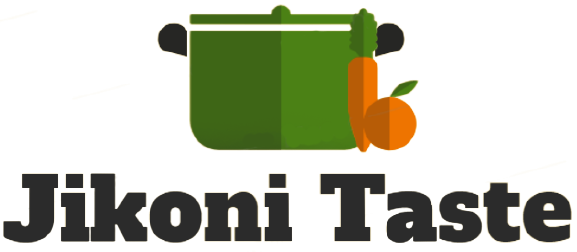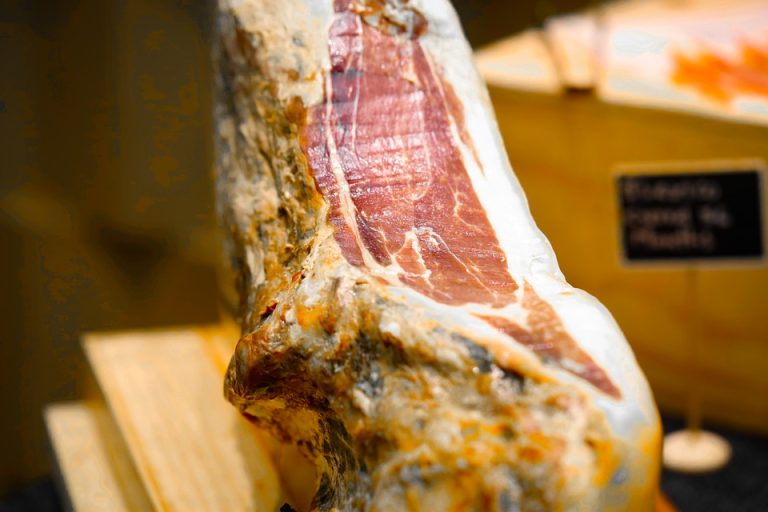What Can Be Used For a Sausage Binder?
Have you ever eaten a sausage that is difficult to slice and has a dry texture? It is highly probable that the person who made it did not use a sausage binder.
Using a sausage binder can help keep sausages fresh longer. They can also prevent the sausages from drying out, which can ruin the flavor.
A sausage binder works in the same way as the plastic wrap does by keeping oxygen out and moisture in.
Extra juiciness and a better appearance are some of the benefits of the binders that are contained in store-bought sausages.
You might be wondering what you can use as a sausage binder if you are planning on making your own sausages.
Sausage binding agents that can be used are soy protein concentrate, non-fat dry milk, carrageenan gum, and maltodextrin.
Table of Contents
What are Sausage Binders? What are Their Uses?

The purpose of meat binders is to improve the retention of fat and calories. The off-flavors in sausages made from wild game can be masked by them.
The consistency and smoothness of the meat are delivered by sausages binders. When it comes to working with meat, there are binders used.
When you mix the binder with the meat, you promote the process of covering the fat particles and keeping them from clumping together.
The juicy flavor is due to the binder’s affinity for water and its help with fat distribution.
Sausage binders are not intended to contribute to the meat volume, but to improve the product yield.
The consistency of the sausage is dependent on the consistency of the meat being held together.
The amount of sausage binding agent used should be less than 2% of the meat’s weight.
The meat will bind better to the sausage casing if you use high-quality binders and perform the extract thoroughly.
The migration of fat and the phenomenon known as “fat-out” will be stopped by this.
Are Sausage Binders Necessary?
The answer is no for a short period. They are not needed at this time. It’s possible to make homemade sausage without sausage binding agents.
It is a matter of personal preference, ultimately. Some people think they don’t need to use binders to retain the moistness in sausages.
Others believe that it is the only way to go. If you want to prevent the loss of volume and ensure more consistency, you would be better off using a binder.
Sausage binders can be seen as insurance against the fat getting into the case and squirting all over the place.
If you are against the idea of using sausage binders, you can rest assured that the flavor of the sausage will stay the same.
It is the texture and the amount of water in it that will be different.
What Types of Sausage Binders Are There?
If you are sold on the benefits of sausage binders, then you might be wondering what you can use as a sausage binder.
Over the years, the concept of a meat binder has changed. In the old days, people used to use breadcrumbs as a sausage binder.
They can be dairy-based, or they can be a combination of both.
If they originate from wheat products, or if they are free of gluten, they can contain it as well. The most common types of sausage binders used today are listed below.
Soy Protein Concentrate
One of the most popular sausage binders for home production is isolated soy protein. It doesn’t increase volume, but it does create a great texture and aids in humidity retention.
You can use soy protein concentrate for smoked and cooked sausage, and it will bind the fat and make it easier to cook.
For about five pounds of meat, you need around one cup of soy protein.
The sensory property of the sausage is enhanced by the use of soy protein. The main downside is that it can be a bit expensive.
Dairy-Based Binders
Non-fat dry milk is one of the most affordable options for a sausage binding agent.
It’s important to make sure that the powdered milk sausage binder you choose is non-fat because you can get it at most stores.
Wild game sausages are especially good with these binders. If you want a high-quality option, you need to make sure it doesn’t have flavors.
It’s important to keep in mind that this might not be the best option for people who are sensitive to dairy products.
Carrageenan Gum
The extract from red seaweed is called carrageenan gum and it has a wide purpose in the food industry. When heated, carrageenan traps water inside and absorbs it.
Compared to soy and dairy-based binders, carrageenan gum does increase volume and leads to higher cooking yields.
You don’t need much more than 1% of the meat’s weight to get the result you want.
This type of binder is good for making skinless sausage because it has an excellent texture.
Maltodextrin
The option of using maltodextrin as the sausage binder is finally available. Rice, potato, wheat, or corn are used to make this white powder.
It is a highly processed and safe food ingredient. It is relatively inexpensive and easy to use. You don’t need much in sausage making if you have small amounts of it.
Even though it was made from wheat, it is still free of allergies. You might be able to tell if sausage is made with maltodextrin by its rubbery texture.
Homemade Sausage Making
Sausage-making at home is enjoyable and rewarding. You have to make sure you have all the necessary tools to choose the perfect flavor combination.
It’s necessary to have a meat grinder(it’s also important what size grinding plate you use) and sausage stuffer. They can be used as an attachment for the standing mixer in your kitchen.
You also have to make sure that you have the right stuff. If you choose natural, you will get the most flavor and snap when you eat it.
Kosher salt is an excellent option for seasonings. Red pepper, garlic powder, ground black pepper, and paprika are some of the must-haves.
The seasonings and sausage binder should be added after you have cut up the meat. You will know that the binder is working when the meat is sticky.
That is what you want, and it means that the extract is happening. Once you have the perfect mixture, stuff the sausage in the casing, form the links, and cook the sausage.
Conclusion
The sausage binding agent isn’t the most important ingredient of a tasty sausage link, unlike the type of meat and a great seasoning ratio.
You can use a lot of things for a sausage binder, but soy protein concentrate and non-fat dry milk are some of the most popular choices.
The amount of sausage binder you need is insignificant if you are making a small number of batches.
It will still provide a world of difference when it comes to the sausage’s texture, consistency, and moistness.

Foodie and a passionate cook, I am here to share all of what I know about cooking, kitchen, and food prepping.
Follow me for delicious and healthy recipes.







